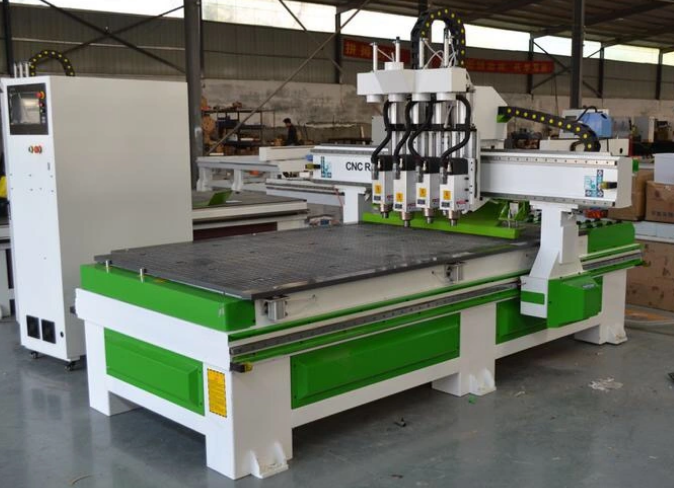Wood has been sculpted by hand for centuries, with artisans exhibiting immense skill and patience to transform raw lumber into intricate works of functional art. While hand-carving maintains its place, woodworking carving machines have emerged to augment craftspeople’s talents – boosting precision, output and accessibility to complex designs. This article explores the capabilities these automated tools provide and their benefits for businesses and hobbyists alike.

CNC routers wield cutters programmed through computer-assisted design (CAD)
At the forefront, CNC routers wield cutters programmed through computer-assisted design (CAD) files to remove material three-dimensionally with outstanding accuracy. Repeatable processes ensure reliability reproducing even the most elaborate patterns and reliefs. Complex joins, tapering elements and organic contours long confined to master carvers now emerge from a single blank. Standardized parameters streamline production runs.
Spinous engraving machines facilitate specialized tasks like texturing, marquetry inlay and decorating. Diamond-tipped styli scribe precise patterns onto turned spindles, moldings and laminated veneer overlays at controlled depths and speeds. Touchscreen interfaces assist less experienced users navigating vector-based designs. Creative freedom expands through scalable templates uploadable to shared databases.
Producing consistent details historically confined to specialty moulding planes
For less intricate shapes, spindle moulders cut beading, grooving and ogee profiles on routed edges efficiently. Producing consistent details historically confined to specialty moulding planes now proceeds unattended. Resourcefulness transforms scrap wood into popular cottage industries staples like rustic serving boards and decorative window trim. Lower costs make exotic hardwood machining feasible for small shops.
Non-destructive sanding machines smooth surfaces uniformly without risk of human operator error gouging delicate areas. Programmable variables address varying wood densities and grain patterns trouble-free. Consistent finishing across large production runs maintains superior levels of quality control and minimizes hand labor expenses critical to profitability.
Laser engraving tools leave delicate markings through contactless ablation
It avoids heat transfers warping parts. Intricate box hinges, botanical studies and birch bark canoe designs emerge unmarred. Their undersides remain pristine for stabilization or mounting. Non-contact marking expands creativity for heirloom pieces requiring longevity.
These automated systems empower artisanship through scaled manufacturing capabilities once confined to mass production. Termed “desktop industry”, small shops now build profits around bespoke orders and lucrative markets like architectural millwork. Tutorial databases spread techniques globally. Access democratizes woodworking’s most rarified techniques – breathing new life into community trade organizations.
Home hobbyists leverage affordable machines to explore interests affordably. Online fabrication depots connect creators to fabricate one-off designs locally without prohibitive tooling investments. Shared shopspaces provide entry points to advanced technologies once inaccessible except through formal training. Creativity flourishes through lowered barriers to high-skill processes.

